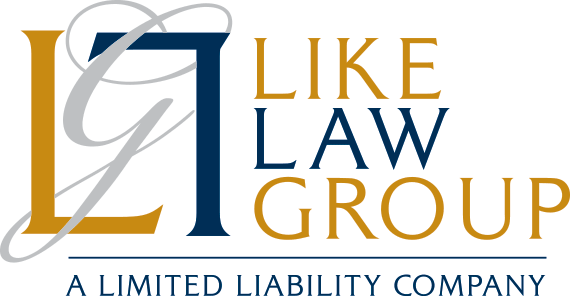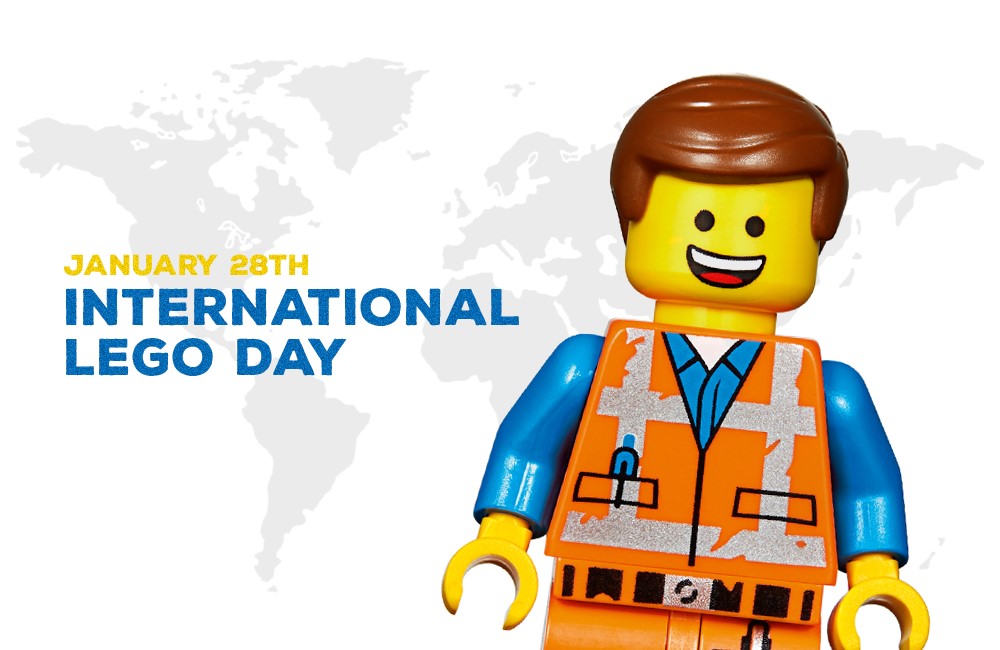We Can Do Great Things When We Work Together
February is known as International Networking Month. During this month, we can celebrate our professional relationships by building and strengthening our networks. When we work together, we can provide unique solutions for our clients, like our hypothetical couple John and Jane.
Meet John and Jane
John and Jane are beginning a comprehensive estate planning journey and need your help. John is a 45-year-old software engineer with an annual income of $150,000, and Jane is a 42-year-old marketing manager who makes $120,000 per year.
Together, they have joint ownership of their primary residence with a current value of $600,000 and a mortgage of $300,000. John has $500,000 invested in a 401(k), $200,000 in various stocks and mutual funds, $50,000 in savings, and about $20,000 in credit card debt. Jane has $300,000 in her 401(k), $150,000 in investment accounts, and $30,000 in savings, with no significant debt.
John and Jane have a strong financial foundation, but they are aware of the importance of planning for the future of their growing family. They have two young children, Danny (age 11) and Jenny (age 8), and want to ensure their wellbeing in the event of unforeseen circumstances.
Serve as Their Financial Advisor
John and Jane need professional advice to address retirement savings and investment goals. If their investments are optimized, their estate can grow. A financial advisor can help them develop a strategy to
- maximize their investment portfolios, ensuring their funds grow efficiently and can fund their long-term goals;
- create a comprehensive retirement plan, ensuring they are saving enough so they can maintain their lifestyle once they retire;
- assess and mitigate potential risks, providing a financial safety net for major life events; and
- help ensure their investments are funded into their trust, if a trust is part of their estate plan.
Meet With a Tax Professional
A tax advisor can ensure that John and Jane’s estate plan is tax-efficient, preserving more of their wealth for future generations by
- ensuring John and Jane are aware of available exemptions, deductions, and credits that can minimize potential tax liabilities during their lifetime;
- discussing tax consequences when gifting money and property to their children or other loved ones;
- evaluating real estate, potentially reducing capital gains taxes for heirs upon the sale of inherited property; and
- keeping John and Jane informed about tax law changes.
Contact an Insurance Agent
A professional insurance agent can advise John and Jane on the right amount of insurance coverage to provide liquidity in an emergency. Integrating risk management strategies into their estate plan provides a safety net for their family by
- ensuring life insurance death benefits are sufficient to cover outstanding debts, ongoing living expenses, and the future needs of the surviving spouse and children;
- choosing term life, whole life, or universal life policies for different situations;
- considering long-term care insurance so John and Jane can access quality healthcare in an emergency; and
- reviewing policies and beneficiary designations as needs change.
Reach Out to a Spiritual Leader
John and Jane may also consider advice from their spiritual leader about the legacy they want to leave their children and future grandchildren. Discussing the important lessons that they want to impart to Danny and Jenny and their future children can allow John and Jane to
- reflect on the legacy they want to leave to their children, not just in terms of money or property but shared principles, traditions, and giving back to the community; and
- consider their end-of-life wishes to ensure that their spiritual and cultural beliefs are respected, from their desired treatment and care to funeral or memorial arrangements.
Take Valuable Advice to an Estate Planning Attorney
Advisors’ contributions paint a complete picture for John’s and Jane’s estate planning attorney, whose job is to prepare a strategy that aligns with their goals and needs.
An estate planning attorney can guide John and Jane through hypothetical scenarios based on their current situation to determine what would happen if they could not make their own decisions due to incapacity or death. They will need to
- name trusted decision-makers in their powers of attorney for financial and medical emergencies;
- decide and document their wishes regarding life-sustaining treatments, organ donation, and funeral arrangements in their healthcare directives;
- choose a guardian and backup guardians to care for Danny and Jenny in the event of their incapacity or passing;
- create a plan to distribute and protect their wealth with a will or trust;
- identify beneficiaries;
- discuss any specific bequests or charitable intentions; and
- explore strategies to preserve money and property for their loved ones.
Share the Love Through Networking
A team of advisors can provide expertise in various ways, resulting in a comprehensive estate plan that is legally sound but also deeply rooted in John’s and Jane’s values and preferences. From developing trusts that protect their life savings to transferring property and personal belongings equitably to both children, John and Jane will have peace of mind that their children will not suffer unnecessary tax consequences, issues with creditors, or complications when the time comes. Let’s work together to help ensure that all of our clients will have a successful and comprehensive plan like John and Jane.






